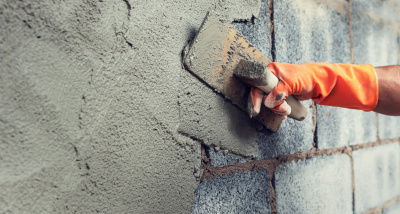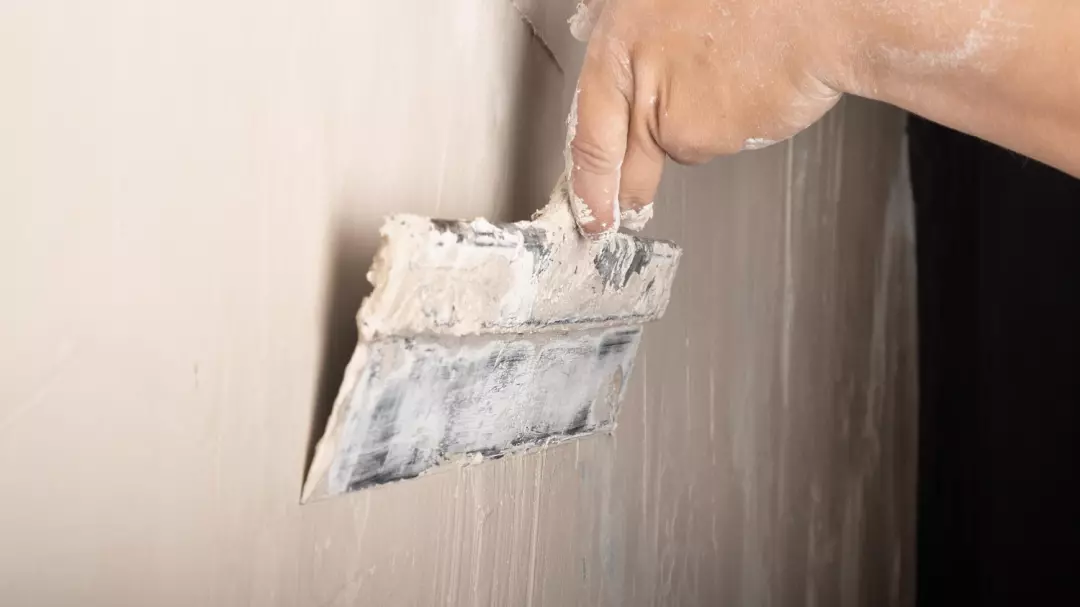Can Mould Grow on Plaster?
Mould can grow on plaster, although it is not always visible. It thrives in damp or humid conditions and can cause serious damage to the walls, ceilings and any other type of plaster. In order to prevent this, it is important to pay attention to signs that mould is present and take appropriate measures to prevent it.
Mould growth can be identified by its characteristic musty smell or discolouration or staining. It often appears on walls and ceilings, around windows, under sinks and in other areas with high humidity. Once mould has started to grow, you need to take action quickly to stop it from spreading further.
Why Is Re-plastering Sometimes Necessary?
Replastering is the process of applying a new layer of plaster to existing walls. This is often necessary when existing plaster has been damaged by water, or if the walls have been severely damaged by mould, dampness or rot. Replastering can also be done to improve insulation against cold and heat, as well as to improve the appearance of a room. If you are concerned about mould, it is important to check for signs of moisture before replastering.

Need assistance finding plastering services near you?
Get a QuoteShould You Seal Damp Walls Before Plastering?
The process of sealing damp walls before replastering is known as tanking. This involves applying a waterproof, liquid-applied tanking material to the wall surfaces so as to create an impermeable barrier that prevents water and moisture from penetrating. This will help to protect the plaster and walls from further damage due to mould, dampness and rot.
What is Renovating Plaster and How Does It Work?
Renovating plaster is a special type of plaster designed to address the issue of rising dampness. It works by creating a waterproof barrier between the walls and the ground, preventing moisture from passing through. Renovating plaster also helps to improve thermal performance and can increase the life of plastered walls.
The Benefits of Using Damp Proof Plaster
Using damp-proof plaster helps to reduce the risk of mould and damp-related damage to property. It also helps to improve the life of internal plasterwork and provides insulation from heat, cold and sound. Using a damp-proof plaster can help to make walls more resistant to moisture, which helps to reduce the risk of any damp-related issues, such as mould and rot. The use of damp-proof plaster is often combined with other methods of damp proofing, such as damp-proof membranes, in order to ensure maximum protection.
In this article:

